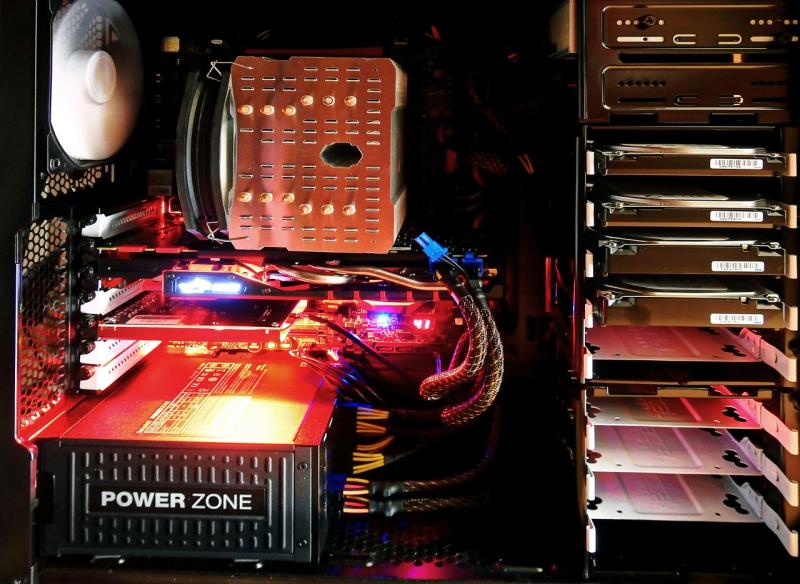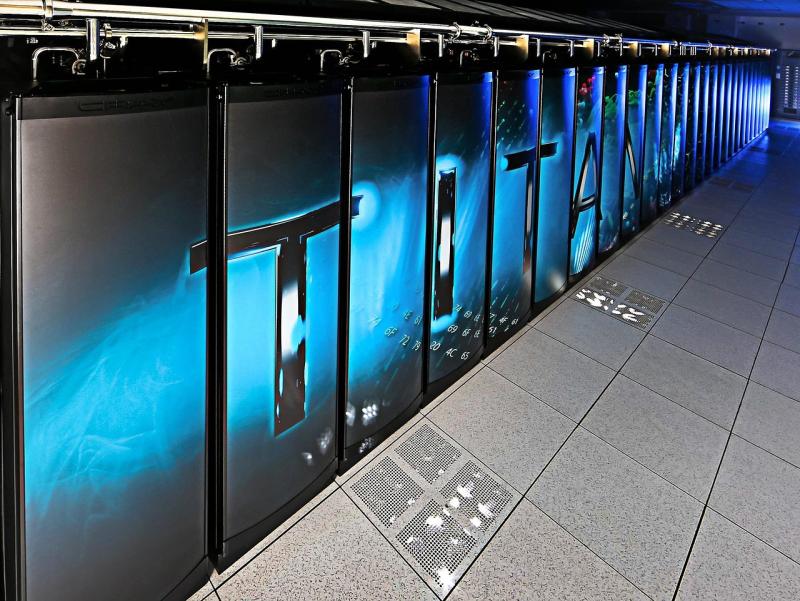For enthusiasts and professionals alike, overclocking represents a constant quest to extract every drop of performance from PC components. Advanced overclocking techniques now combine software‑assisted tuning, intelligent thermal management, and robust cooling solutions to push system limits safely. By adjusting processor frequencies, voltages, and memory timings through dynamic BIOS and software tools, users can achieve performance gains tailored to their specific workloads. Modern overclocking algorithms utilize real‑time data, machine learning, and predictive analytics to recommend safe and efficient settings while automatically adjusting cooling profiles to maintain thermal stability.
Custom liquid‑cooling solutions—featuring modular water‑cooling loops, low‑noise fans, and, in some cases, liquid metal thermal interfaces—play a crucial role in preventing thermal throttling. These cooling systems are complemented by advanced sensor arrays that monitor temperatures at multiple points throughout the system, feeding intelligence back to adaptive control software. This closed‑loop system ensures that even when pushing components to extreme speeds, the system remains stable, reliable, and energy‑efficient. Furthermore, extensive benchmarking and stress testing allow users to iterate and refine their settings, creating a personalized balance between raw performance and longevity.
This evolution of overclocking turns what was once a risky, experimental process into an optimized, automated feature—a critical step in performance‑driven PC building that caters to gamers, designers, and anyone who requires cutting‑edge speed without compromise.
*Keywords*: advanced overclocking, thermal optimization, liquid cooling, adaptive tuning, machine learning overclocking, stress testing, high‑performance PC, intelligent cooling.
View our related products
See more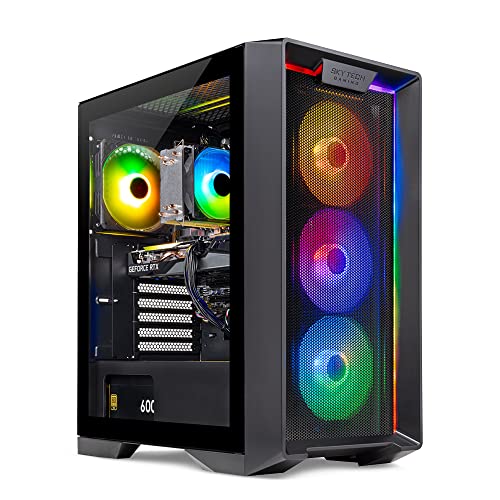
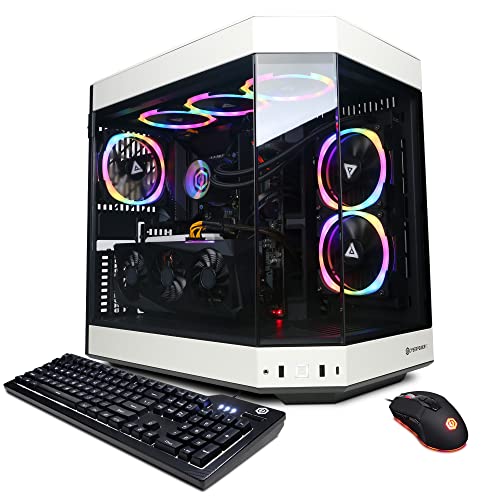
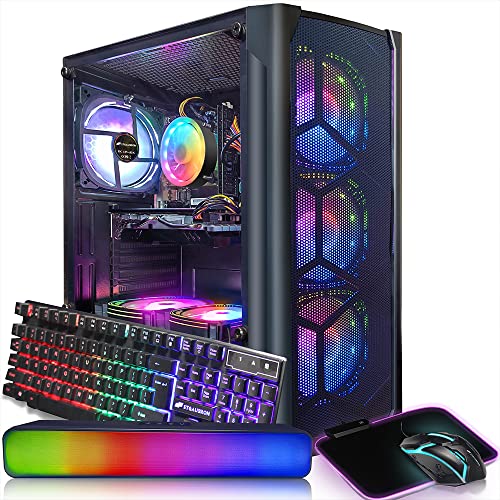
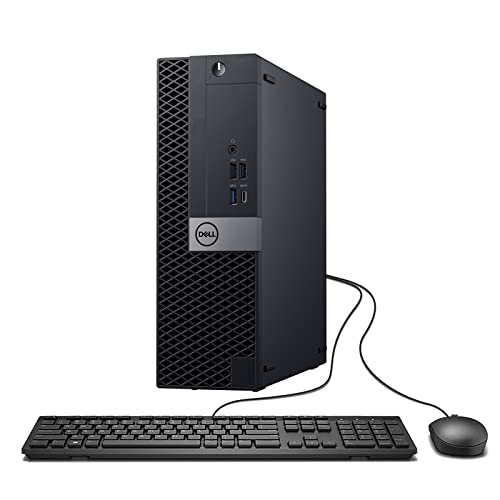
Advanced Overclocking and Thermal Optimization: Pushing PC Limits Safely
Related Articles
Essential High-Performance PC Components You Need Now
Upgrade your setup with the must-have parts for unbeatable gaming and productivity
Top Picks for Best High-Performance PCs
Find the perfect power machine for gaming, work, or creative projects
Your Guide to the Best High-Performance PCs
Find the Right PC for Your Gaming and Creative Needs
View our related products
See more



